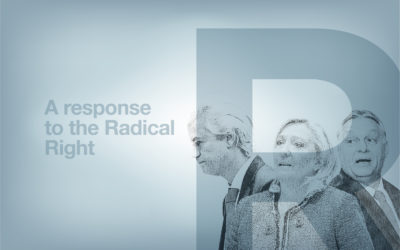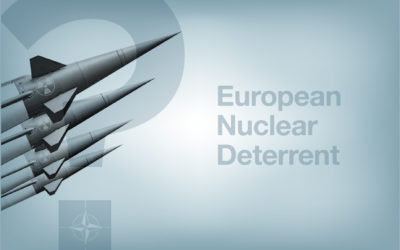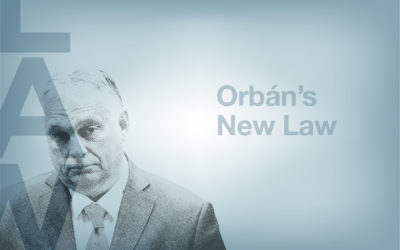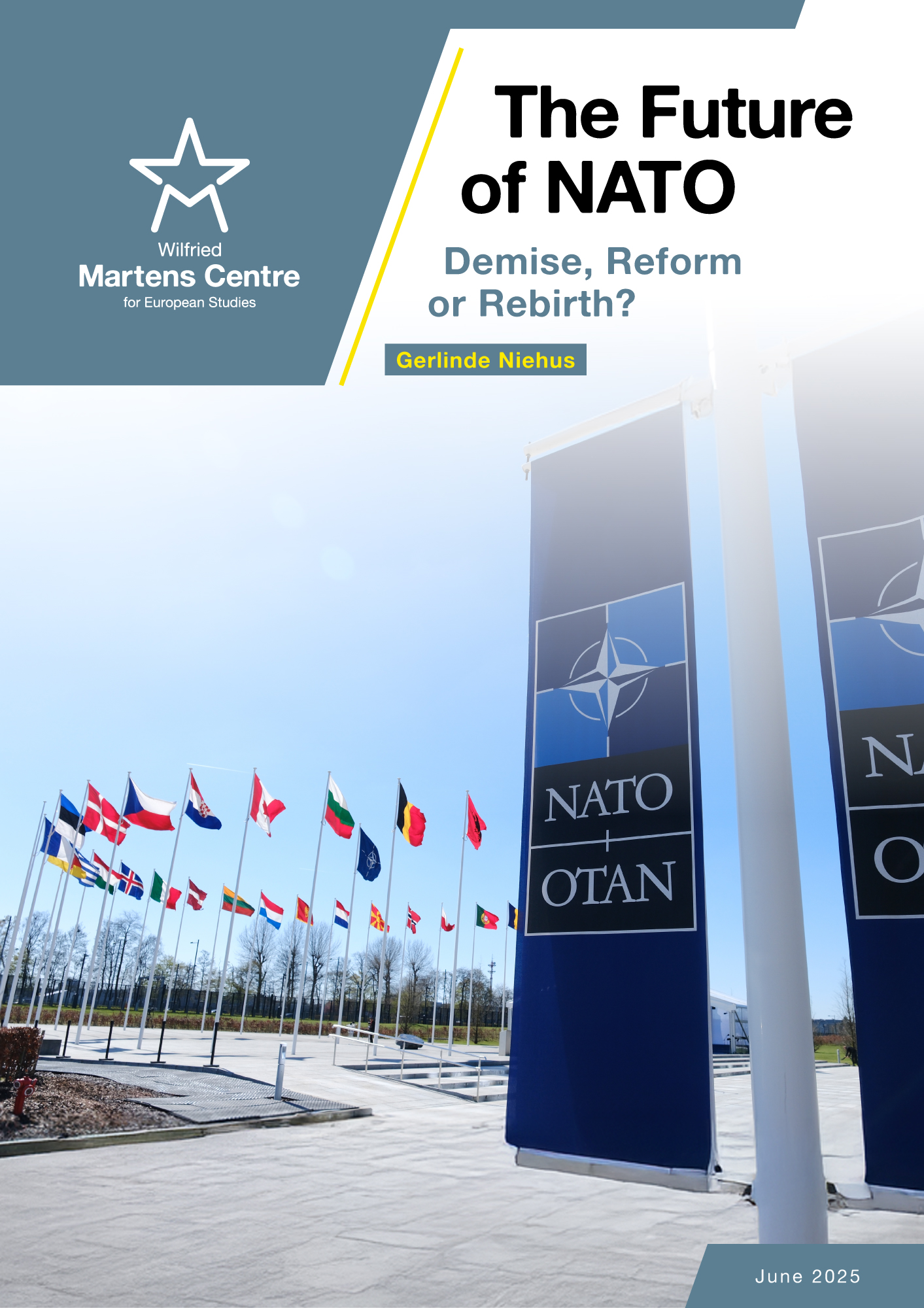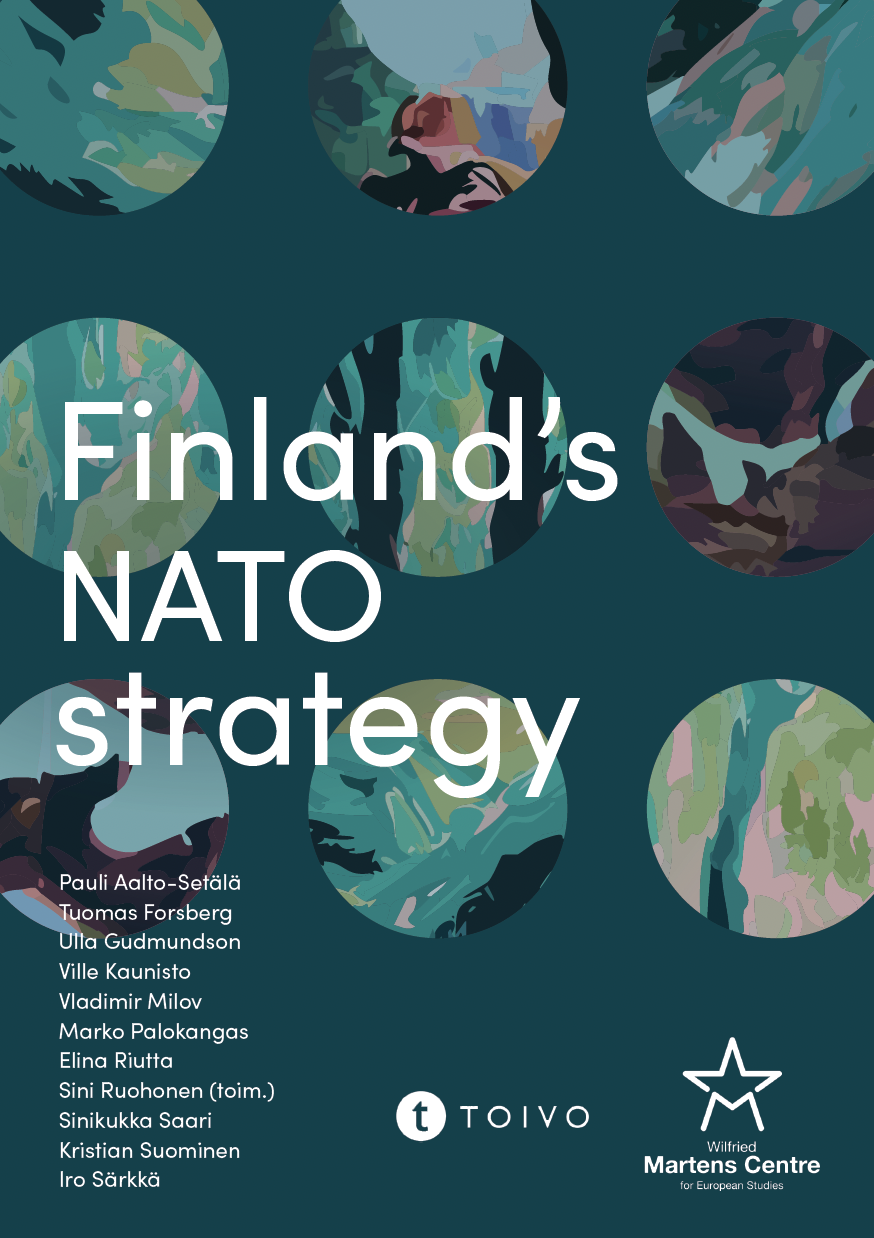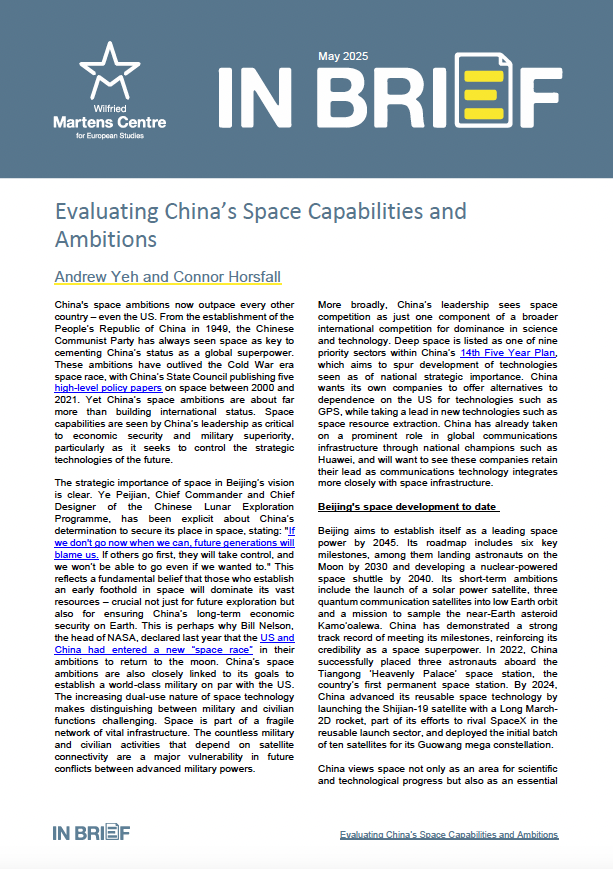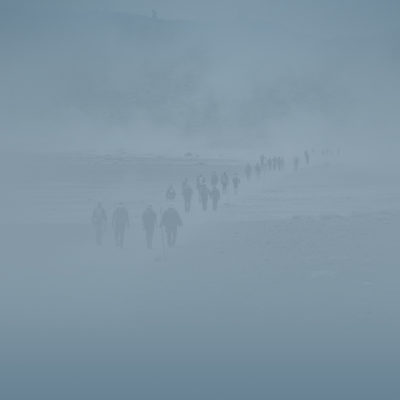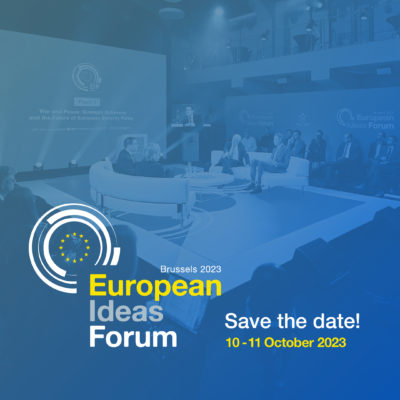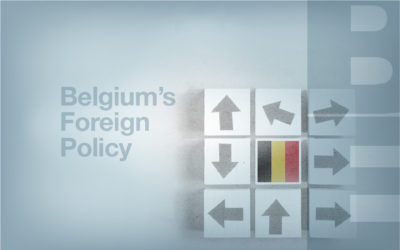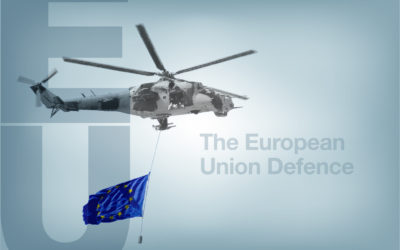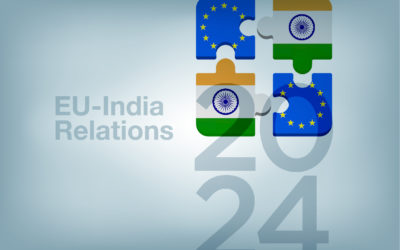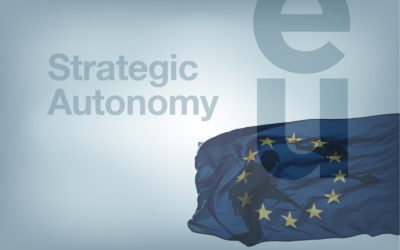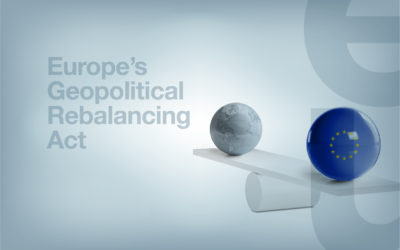Afghanistan – Back to the Past? Update on EU and NATO involvement
20 December 2012
A political decision was made at NATO Lisbon summit 2010 to end the now 102 000 strong International Security Assistance Force (ISAF) mission by the end of 2014, possibly still leaving a small contingent in place. This would leave the main security responsibility to the Afghan National Security Forces (ANSF) with 350 000 men.
However, are politically set timelines always realistic when applied on the ground? Notwithstanding President Hamid Karzai’s reassurance that Afghanistan has progressed and become more stable during the past decade, and that NATO is convinced the ANSF will deliver, the Afghan forces still lack important skills. As a senior US defence official last week put it, only a very small percentage of Afghan units are capable of fully independent operations, even though the ANSF should take control of the whole country by mid-2013. Also, according to the Global Terrorism Index, Afghanistan is the third on the list of countries under terrorist attack, and alongside with Iraq and Pakistan the attacks have more than quadrupled in the past decade, reaching their peak in 2007. Afghans themselves are afraid: will they again be left alone as many times before?
Afghanistan has more or less become NATO’s raison d’être in the past decade, so it needs to continue securing Afghanistan even after 2014. Indeed, a new training, advising and assisting mission will commence after ISAF, but its exact size and scope remain unknown. At the Chicago summit, Secretary General Anders Fogh Rasmussen made one thing clear: ‘It will not be ISAF under a different name. It will be a new mission, with a new role for NATO.’ The US will again have the key role and it’s currently negotiating the mission with Afghan officials; details are to be announced in the coming weeks. Estimates of the number of troops involved run from 6000 to 30000. The mission could also be very limited if it focuses only on core tasks such as counter-terrorism, as the Pentagon has indicated. Nevertheless, the new mission should be strong and long-lasting enough to prevent the emergence of a power vacuum.
The war for hearts and minds
The insurgents, such as the Afghan Taliban and the Haqqani network, are waiting for such a vacuum. Over the past few years they have expanded their attacks to cover the whole country, and changed their strategy from military targets to soft ones, using suicide attacks and road side bombs against the Afghan police, civil servants and civilians including children. In addition to demonstrating their power to attacks whenever and wherever they want, their aim is to create distrust amongst the Afghan people towards a government that is unable to protect them.
The international and Afghan troops are also facing a newer more terrifying weapon, the ‘green on blue’ attacks, where the troops are killed by the very people they train – the Afghan soldiers and policemen, insurgents in disguise or recruited members of the forces. Some claim the recruitment vetting procedure has not been able to keep up with the rapid expansion of the forces, and ISAF is now improving the security protocols.
Nevertheless, the insider attacks have already caused a crisis of trust between the coalition and Afghan troops. The contributing countries have been demoralised by news of casualties, a lack of improvement in the security situation and slow progress in state reforms. The sense of belief of the mission has been undermined also by internal divisions in NATO, such as the feeling in the US that Europe is not doing enough. The political left has generally supported ending the mission and some Allies have decided to exit before the agreed timetable: France under President François Holland pulled its combat troops out just earlier this week, following the Netherlands (2010) and Canada (2011). President Barack Obama has also expressed his intention to withdraw the troops as fast as possible.
Peace deal or civil war
There are different scenarios as to what will happen to Afghanistan. The best, but also the least likely solution, would be a successful transition leading to a loss of interest by the insurgents. Also difficult, but already underway, is an attempt to negotiate a political settlement between the Afghan government and the insurgents. As it’s become evident that no military solution is possible, this has become the main objective also for the West. So far President Karzai hasn’t been able to get parties around the table under his ‘High Peace Council’. Keeping the Taliban’s close ally Haqqani network out of the talks might also delay matters (they were recently blacklisted by the US and UN). Also, as 2014 approaches, one might ask how willing will the Taliban be to negotiate.
No real progress is expected anytime soon, but some individuals from the Afghan government and the Taliban are meeting for the first time this week in Paris. If there is no result before the coalition leaves, the third, and at this point most likely, scenario could happen. This would mean Afghanistan falling back into a civil and proxy war with large parts of the country under a ruthless Islamist rule, and acting as a safe haven for terrorists such as al-Qaeda. The presidential elections in April 2014 will be decisive: will the people trust the government, or will the country drift back into chaos.
Regional power-play
The peace talks should also address regional aspects. The Western interest in Afghanistan might diminish, but its strategic position, energy routes and rich materials, remain relevant to the regional powers. Even though there is not much the EU and NATO can do to influence these powers, we should recognise their impact on Afghanistan, and therefore on our own security.
Pakistan’s fate is most closely interlinked with Afghanistan’s and its general elections in 2013 will have a huge impact on the region. Pakistan claims to be committed to a stable Afghanistan, and the US is paying it to fight the insurgents, but at the same time Pakistan is accused of offering the Taliban sanctuary. On top of this, the Pakistani Taliban now intends to focus their attacks more on US forces in Afghanistan instead of the Pakistani government. Pakistan was a supporter of the Taliban rule in Afghanistan, and now it’s demanding that the Haqqanis should be involved in negotiations. In the end, what Pakistan wants is to counterbalance India.
In turn, India has no sympathy for the Taliban and it helps the Afghan government by donating funds and training the forces. Trade is important to all the regional players however it’s China whose interests in Afghanistan are mostly economic. It wants a stable Afghanistan to invest and gain from its raw materials, and it tries to stay out of fights. However it objects to a permanent US presence in Afghanistan, as does Iran. Iran also has a strong economic position in Afghanistan and a large minority of Afghan migrants and refugees, who it’s now rejecting because of a dislike of Afghan pro-American policies. Regardless of this it supports the Afghan government, but also the Taliban to some extent to erode US dominance.
Competing with Iran for influence is its archrival Saudi Arabia. Turkey also plays a significant role as a regional power and a mediator between the Afghanistan and Pakistan. For its own security’s sake, Russia wants to see a stable Afghanistan and containment of Islamist extremism. On the other hand, it has no interest in making Afghanistan look like a success for the West.
Towards the future or back to the past
In the end transparent and lawful governance and real economic opportunities for people is what would guarantee stability in the country. President Karzai has been accused of insufficient reforms, and Afghanistan remains the third most corrupt country in the world. It’s also the source of 90 per cent of the world’s opium, and 2012 saw an 18 per cent increase in its cultivation. The drug business not only contributes to organised crime and is a global concern, but is one of the Taliban’s main financial sources.
Continued international support for reforms is needed and funding of over 12 million euros for economic and political transition in Afghanistan by the international community has been agreed. Merely donating, however, is not enough: the EU should not leave the business opportunities just for the other powers but increase our own economic ties as well; that would also contribute to a long-term development in Afghanistan.
Our enemy’s worst enemy is the modernisation of society. The Afghans themselves, especially women, are worried what would happen to their embattled human rights and education efforts, should international support diminish. One open question is whether EU Member States will decide next summer to continue the EUPOL mission after 2014. EUPOL, which works on judicial reform and rule of law, on top of senior police training, cannot however remain without sufficient military protection and there are already concerns as several provinces are now left to their own devices.
Without our help, Afghanistan might have a grimmer future, a repeat of the past or even worse, which would mean a grimmer future for the whole region, and for all of us.
Conclusions: What Europe should do
• The EU should strengthen its trade with Afghanistan for mutual benefit, identify where Europe could invest and export its know-how.
• The EU and NATO together should create a comprehensive strategic concept on Afghanistan and the region, also identifying roles and tasks for both organisations.
• The EU should continue its EUPOL mission and NATO guarantee sufficient military presence after 2014, basing exit-decisions on realities on the ground. A long-term engagement in Afghanistan is in Europe’s own interest.
ENJOYING THIS CONTENT?




